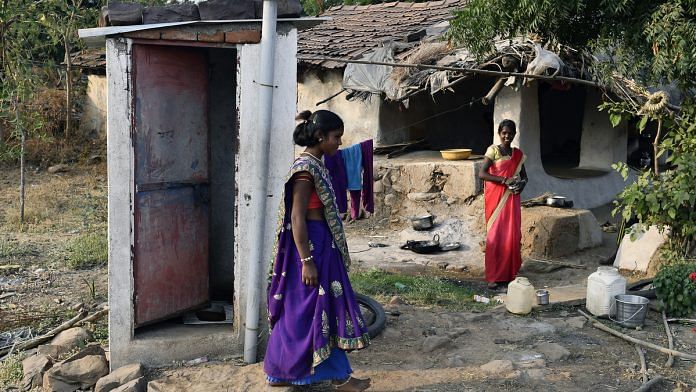New Delhi: As India passes the grim milestone of two million virus cases and new hotspots emerge in villages, experts are worried infections will now rise exponentially in the world’s second-most populous country, overwhelming its under-prepared hinterland.
In the remote Valad village in the southern state of Kerala, 236 people have been found positive in the last two weeks. In Katapali village in eastern Odisha, nearly 200 people were infected and the area locked down for almost 50 days before the outbreak was controlled.
It’s still early days for Katapali, where hundreds more risk becoming infected. Many villagers who were mostly asymptomatic were afraid to be tested over concerns they’d be forced to leave their families to be quarantined in the local Covid-19 care center. Living in a strictly-policed containment zone for more than six weeks meant their fields were neglected and many could not venture out to find work. Although restrictions have lifted in most areas, money remains tight.
Authorities struggled to check the spread of virus in the village, with its over crowed houses in narrow lanes, said Jyoti Ranjan Pradhan, the main administrative officer of the Bargarh district, where the village is located. “This village has the characteristics of an urban slum,” Pradhan said, where it is a challenge to provide support to citizens.
The disease is now widespread outside metropolitan areas, said Bhramar Mukherjee, professor at the School of Public Health, University of Michigan. “We need commitment and collective sacrifice from people of rural India to keep contact diaries, symptom diaries, and to not feel stigmatized if they test positive or have symptoms, so that the disease does not infest villages like an enemy in the dark.”
Also read: Immunity boosters are a myth — why you shouldn’t believe claims that promise to fight Covid
Escalating Epidemic
Emerging rural hotspots, where health care infrastructure is fragile and living conditions are already difficult, pose a challenge to the government of Prime Minister Narendra Modi as it attempts to rein in infections and kickstart the country’s ailing economy.
The epidemic in India is now one of the world’s fastest growing, with more than 50,000 new cases added each day. It trails only the U.S. and Brazil in the total number of confirmed infections.
The virus has spread to about 711 of 739 districts, including 100 of the country’s poorest rural areas.
“Even if people need hospitalization, they are unlikely to be able to reach a Covid facility in time,” said Ramanan Laxminarayan, director of the Center for Disease Dynamics, Economics & Policy, which has offices in Washington and New Delhi. “It is going to be a tough few months ahead but there is effectively no brake on the virus and I don’t expect a decline for quite some time.”
Several districts in nine major states — Bihar, Madhya Pradesh, Telangana, Jharkhand, Uttar Pradesh, Maharashtra, West Bengal, Odisha and Gujarat — all of which have sizable rural populations, are highly vulnerable to new infections, according to a Lancet study. And this vulnerability extends beyond infections to their socio-economic conditions and the ability of the local health system to handle the challenge of surging infections.
“Under testing may be an even more serious problem in rural areas due to lack of sufficient testing infrastructure,” said Rijo M. John, a Kerala-based economist and public health policy analyst who consults for the World Health Organization. “The increasing presence of undetected cases can potentially lead to super spreader events which, in turn, can have devastating consequences.” He expects India to report as many as three million infections by the end of the month.
Mukherjee also believes the worst is yet to come.
“This is a long and painful crisis till we have a vaccine,” said Mukherjee. “I know we are all tired but we cannot surrender.” – Bloomberg
Also read: India records more than 61,000 new Covid-19 cases and over 900 deaths in 24 hours



